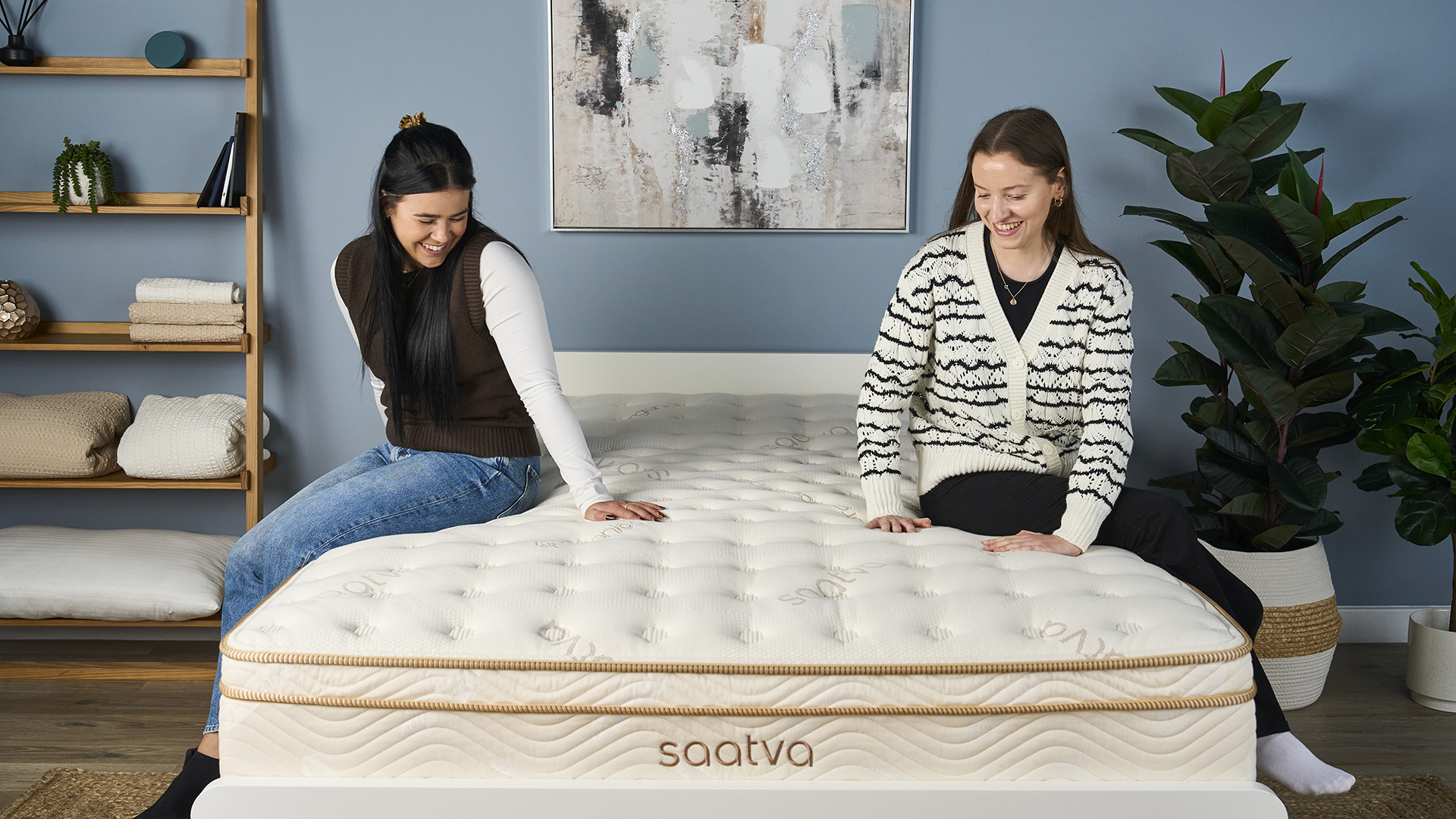I did 3 classic Pilates moves instead of sit-ups — here’s what happened to my core strength and spinal health
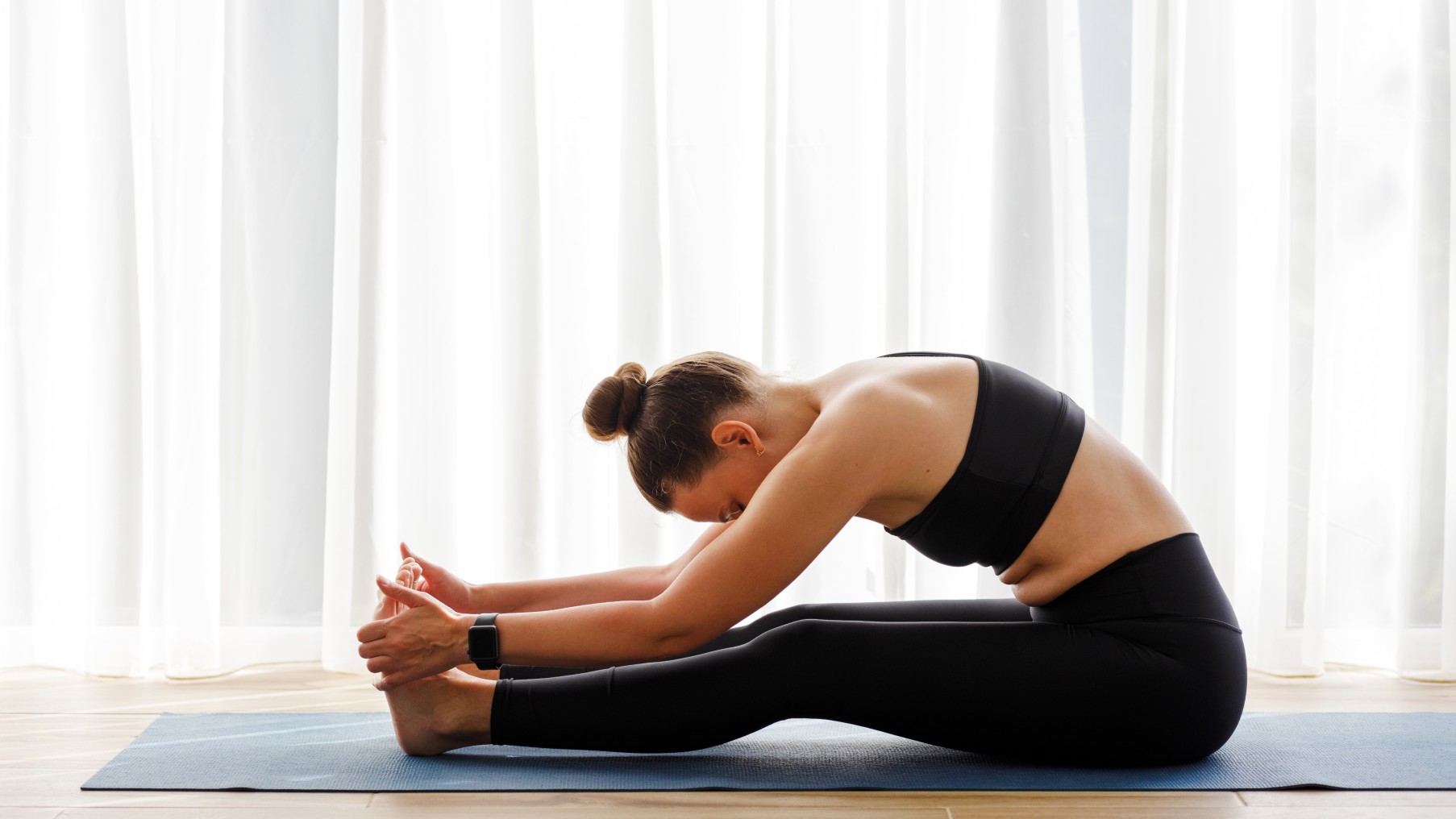
I've been working out consistently for over five years and I've always incorporated core exercises into my routine. At first, admittedly, the motive for this was to develop visible muscle in that area of my body. But after discovering the many functional benefits of a strong core — including better posture and less back pain — my motivation to make time for core work has only grown.
For the past few years, I've relied on popular core exercises, such as sit-ups, crunches and planks, all of which provided that infamous core "burn" while I was doing them. Adding a core finisher to each of my workouts a few times a week meant that I assumed I had pretty good strength in this area of my body. However, I recently tried classical Pilates and realised that my core muscles weren't as strong as I thought. Minutes into the class, my entire body was shaking and my core was being challenged in an entirely new way, as I was having to stabilise my muscles with control while moving.
Since that class, classical Pilates exercises have become a key part of my core workouts and my core feels stronger than ever.
What is classical Pilates?
You've probably heard of Pilates by now — it's one of the most popular workouts around. It's a low-impact form of exercise that involves bodyweight movements designed to build strength and improve mobility, coordination and balance. You can also incorporate machines into Pilates workouts, such as the Pilates reformer, the Pilates tower and the Pilates chair.
However, not every Pilates class follows the classical method. "Classical is quite different, because that's the original format of Pilates," explains Pilates instructor and owner of classical studio Pilates Works, Sophie Hatton.
Pilates was created in the early 20th by a man named Joseph Pilates, who originally designed it to help patients with injuries that prevented them from doing other types of exercise. It was originally termed contrology, and classical Pilates follows the original method developed over one hundred years ago.
"In classical Pilates we have a set sequence of exercises that we always follow," Hatton explains. In fact, there are just 34 original classical Pilates movements. This means that a lot of the moves in modern Pilates workouts might not have originally been designed as Pilates, but are inspired by the method.
Get instant access to breaking news, the hottest reviews, great deals and helpful tips.
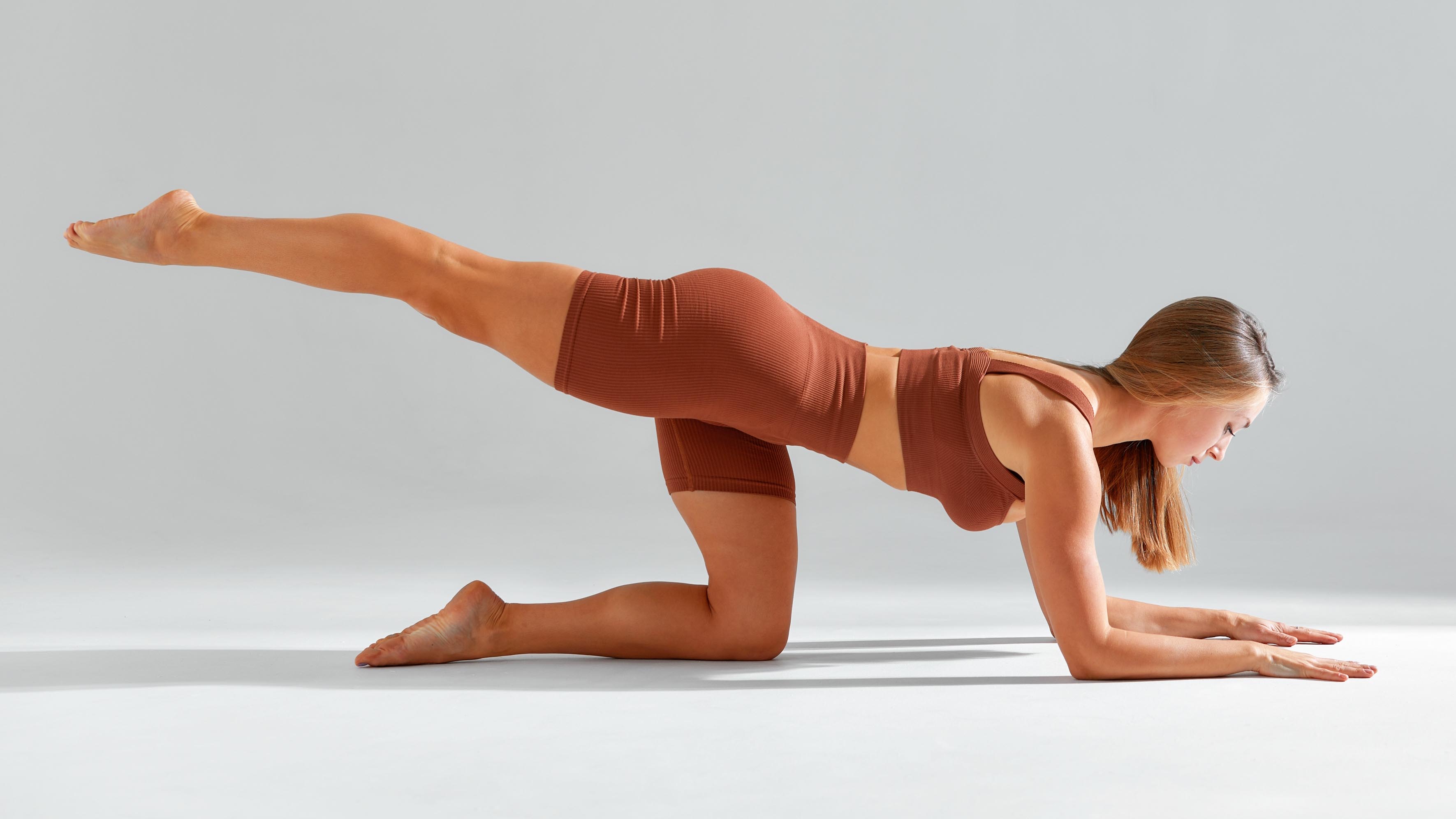
The focus during classical Pilates workouts is moving slowly and with control, hence the original name, contrology. "With classical Pilates, you feel intense heat from your body, but you're not dripping with sweat," Hatton says, explaining it can feel very different from a lot of other types of workouts. "It isn't about Apple stats or how many calories you've burnt — it can't be monitored. It's about finding that connection through your body," she adds.
Why is Pilates so good for building core strength?
The classical Pilates method targets all areas of the core, not just the abdominal muscles (which are what you might know as the 'six-pack muscles). "You're using the deep abdominal muscles, you're strengthening the back and working the whole body with control," Hatton says.
I noticed a huge difference in my core engagement when doing classical Pilates compared to other ab exercises. Moving slowly and with control through specific ranges of motion meant I had to use my core muscles in a way I've never used them before. "You almost throw yourself up into a sit-up, but you don't need to do that to engage your core. The movements can be much smaller, but also much deeper," Hatton explains.
Classical Pilates is often described as targeting the "deep core" muscles, which simply refers to muscles in the core — which comprises all the muscles located in and around the torso — that aren't usually activated. Hatton refers to this core engagement as the "powerhouse". "Your powerhouse includes your abdominals, your lower back, your glutes and your inner thighs," she says.
The classical Pilates moves I swear by
There are three classical Pilates moves that I found particularly effective for engaging my core muscles. I've been doing them at the start of all my workouts for the past three months and my core strength has significantly improved. They've also helped me develop better mind-muscle connection with my core, so I can switch my core muscles on during the rest of my workout, which helps with my form and improves my overall muscle engagement.
These are my top three moves…
1. Roll-up
I like to do this move right at the start of my workouts to actively engage my core muscles, but according to Hatton, this move works the entire body, not just the core. "The roll-up connects your whole body. You are stretching your hamstrings and your spine," she says.
If you haven't tried it before, Hatton recommends starting with a half roll-up, so that you sit half-way back to the floor with your feet planted on the floor. She also suggests pressing your feet into the wall, or placing them underneath the sofa or a chair for added stability.
How to do it:
- Lie on your back with your legs extended and arms reaching overhead.
- Inhale and as you exhale, slowly peel your spine off the mat, one vertebra at a time, reaching forward over your legs.
- Inhale at the top, then exhale and slowly roll back down with control, articulating the spine.
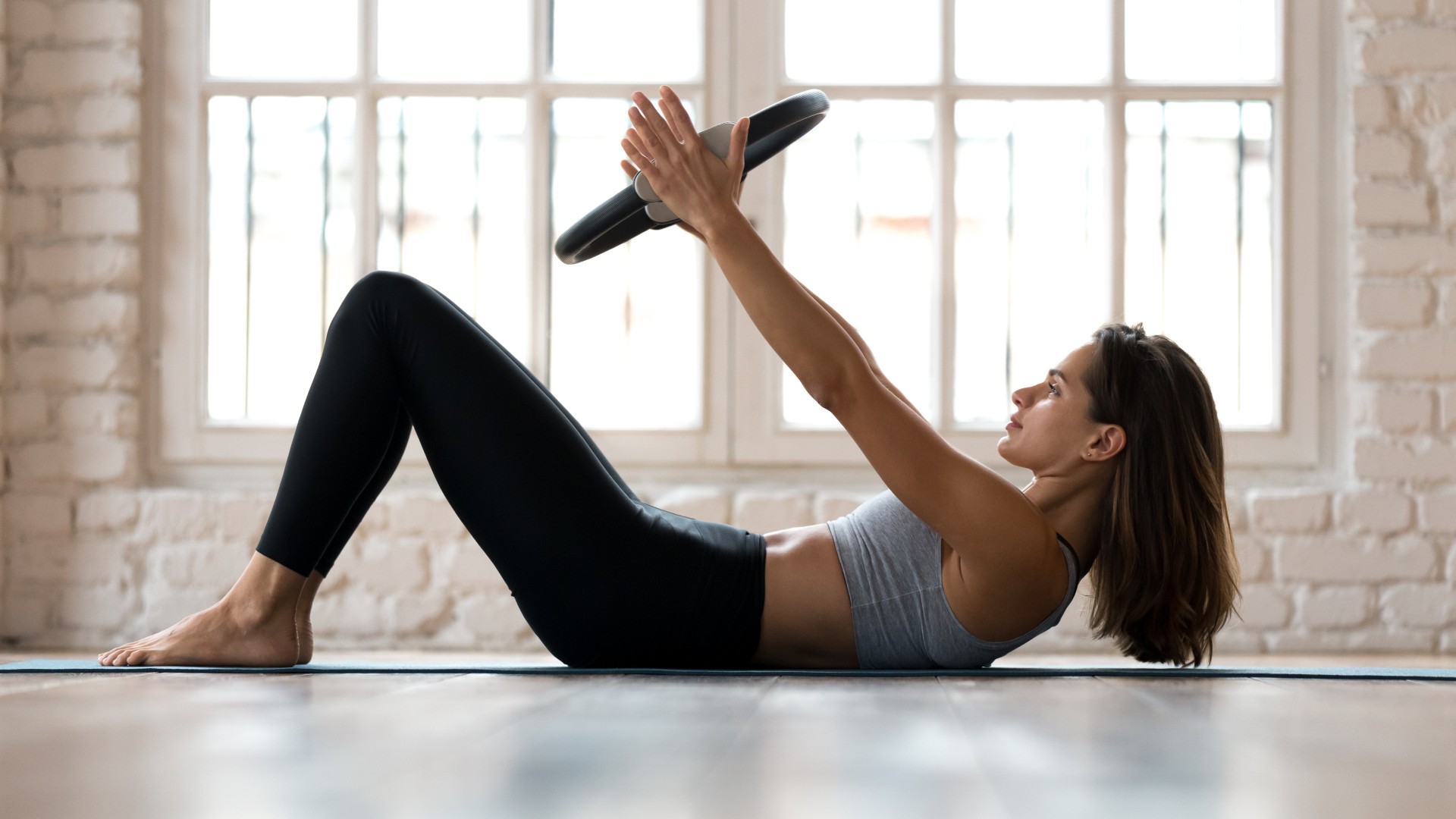
2. Rolling like a ball
This is one of the most satisfying exercises I've ever tried. Not only does it engage the core but it massages the spinal muscles. "After doing a couple, you automatically feel released in your back," Hatton says.
"Don't throw your shoulders back or fling yourself back," Hatton advises. "You're initiating the movement from those deep abdominal muscles."
How to do it:
- Sit on the floor with your knees out in front of you and the feet lifted off the mat. Hold the shins with your hands and tuck your ribcage in slightly.
- Inhale to roll back onto your shoulder blades, keeping your chin tucked and shape tight.
- Exhale to roll forward, balancing at the start position without letting feet touch down.
3. Saw
This move is great for building core strength and also improving flexibility in the legs, so I like to warm-up with on leg day.
"There were two exercises that Joseph Pilates said we should do every day to keep our bodies moving and keep our spines flexible and the saw is one of them," Hatton says.
How to do it:
- Sit tall with your legs extended slightly wider than hip width and your arms stretched out to the sides.
- Inhale to rotate the torso toward one leg, reaching the opposite arm across the foot.
- Exhale as you "saw" past the little toe three times, then inhale to come up and repeat on the other side.
Follow Tom's Guide on Google News, or add us as a preferred source, to get our up-to-date news, analysis, and reviews in your feeds. Make sure to click the Follow button!
More from Tom's Guide
- “Build a stronger body for life”: A coach shares her 30-minute full-body dumbbell workout to help boost functional strength
- Forget gym machines — study shows this type of exercise is the most effective at building strength, muscle and power
- Ditch the gym — this 30-minute functional fitness workout can boost full-body strength and muscle at home
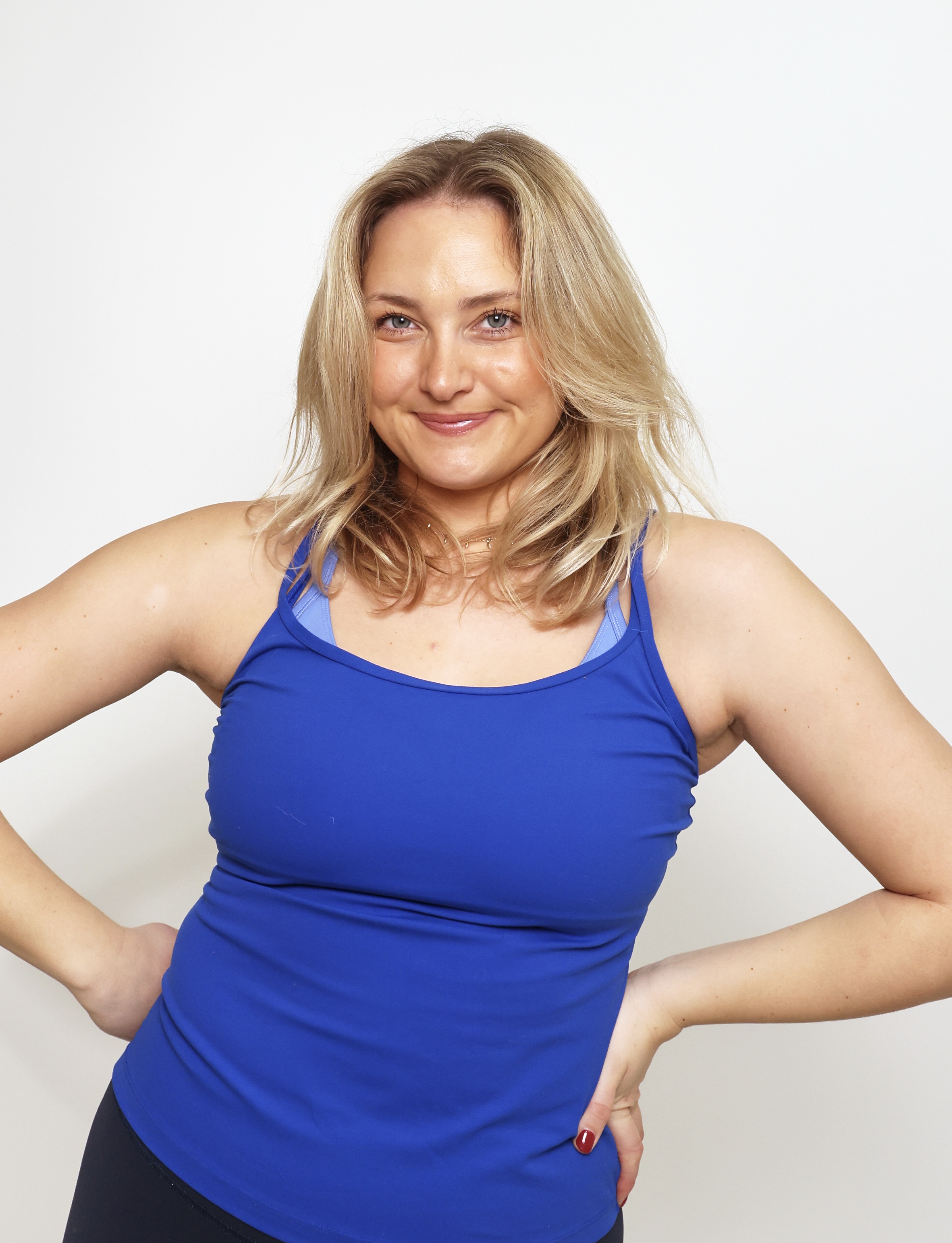
Alice Porter is a freelance journalist based in the UK, covering health, wellness and lifestyle. She writes for titles including Fit&Well Women's Health, Stylist, Glamour, The iPaper, The Telegraph and more. In 2025, her first book An Opinionated Guide To Active London was published by Hoxton Mini Press, covering 58 of the best places to move your body in the capital. Alice has a wide range of experience covering women's health, fitness and other wellness topics like nutrition and sleep. In her personal life, she prides herself on her varied fitness routine, incorporating strength training, yoga and reformer Pilates, as well as a friendly game of tennis into her weekly training schedule.
You must confirm your public display name before commenting
Please logout and then login again, you will then be prompted to enter your display name.
